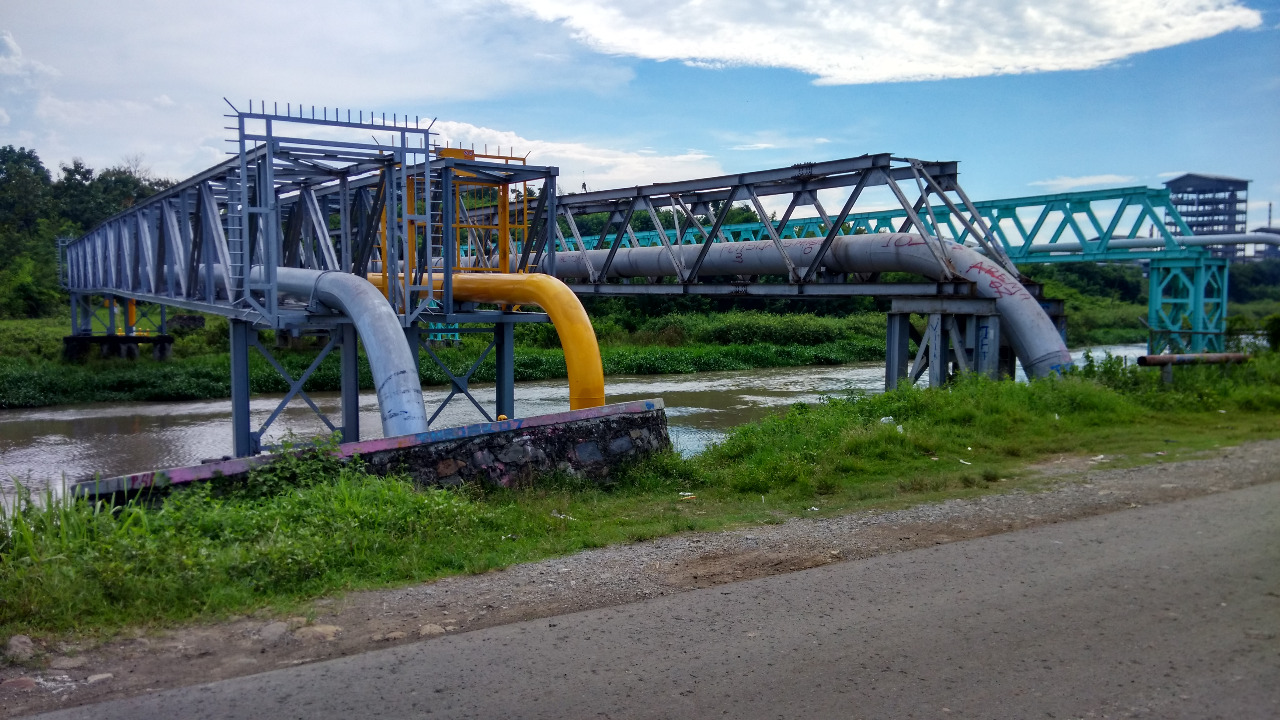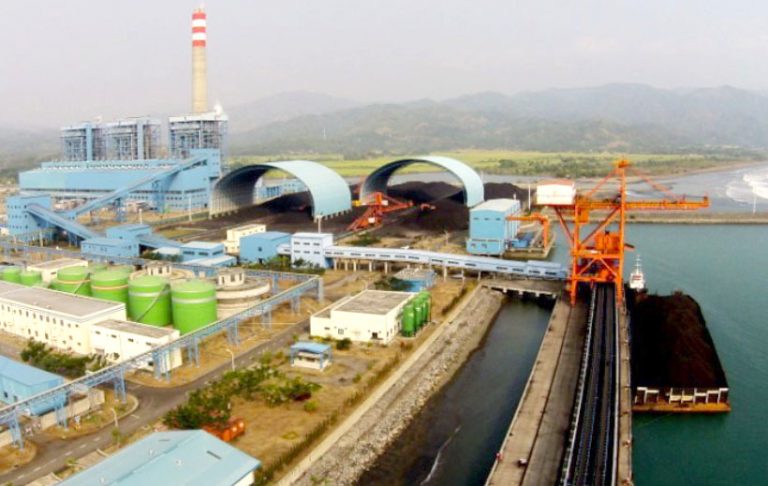between gas suppliers and encourages gas infrastructure development in Indonesia. It was ratified into law almost 3 years ago, but as of November 2020, it has yet to be implemented. The late issuance of the Master Plan for National Natural Gas Transmission and Distribution Network (Rencana Induk Jaringan Transmisi dan Distribusi Gas Bumi Nasional / RIJTDBN) may have contributed to this delay. Some stakeholders have asked and encouraged the issuance of this master plan, one of which comes from our Parliament during a recent hearing session with BPH Migas and Oil & Gas Directorate. Through this short article, the writer intends to give some head-ups on what WJD implementation means to both gas suppliers and gas buyers.
Rent-seeking gas traders may be on the line as competition between gas suppliers arises
The distribution of natural gas in Indonesia is identical with the existence of gas suppliers who become gas traders. One of the issues brought by their existence would be the emergence of rent-seeking. This activity has become a pain point for many end-users, such us industries.
Rent-seeking is an activity where a business entity seeks added wealth by only putting little added values. Putting natural gas distribution into context, rent-seeking occurs when gas is traded through several gas traders before it arrives at the plant gate. Throughout this distribution activity, gas traders may not be required to build and own any distribution facilities. Instead, gas traders could use existing gas infrastructures, built-and-owned by other entities, to deliver their gas. This means gas traders would enjoy the profit from traders’ margin without putting any investment or creating any added values in advance. This activity results in a very high gas price, since longer distribution chains cause compounded price build-ups. Even worse, all these costs, right from wellhead to the plant gate, are eventually borne by industries as the end-users.
Once WJD is implemented, each distribution area will be exclusively managed by a single gas supplier for 15 years (existing gas pipeline) or 30 years (newly constructed gas pipeline). This gas supplier is given a WJD special right and has the privilege to be the only gas supplier within the area. No other gas supplier is allowed to trade and sell gas unless the other gas supplier is directly appointed by the special right holder to become a sub-area manager that sells gas directly to end-users. In order to get this exclusivity, a gas supplier shall commit to develop and build a distribution gas pipeline network according to RIJTDGBN. This very commitment would wipe out any rent-seeking gas traders.
WJD implementation poses a threat to gas suppliers that don’t have existing gas infrastructures. They would ultimately lose a chance of getting the exclusivity to the existing facilities owners and would eventually need to compete with other gas suppliers in constructing new gas pipeline, otherwise they will lose 15 until 30 years to sell or trade their gas. In addition, the exclusivity to be the single gas supplier that can do business within the area would limit the available market for other gas suppliers. This means the competition to become a gas supplier would be tighter.
A double-edged sword for industries
Although WJD brings a possibility for industries to pay a lower gas price, it also puts industries at supply reliability risk. This is because industries could only be supplied by one gas supplier/trader. Exceptions can arise only if the gas supply from the existing gas supplier is insufficient or unstable.
There is no question that relying on a single supply source exposes the industry to a supply reliability risk, for instance at the event of supply interventions or force majeure. That is why most industries try to have multiple suppliers as their gas supply strategy. In addition, multiple suppliers may help industries to gain more value for their money. This is due to competition and incentives between suppliers to improve their costs and services.
Industries would need to rethink their energy supply strategy so that they could mitigate the supply reliability risk. For instance, industries could turn their head to other natural gas sources such as CNG or small-scale LNG or start introducing more renewables.
It’s always good thing to be prepared
WJD implementation may be hampered by the late issuance of RIJTDGBN. However, to this day, it is unclear why RIJTDGBN issuance is late. There are many possibilities for this cause, among others, it could be related with the vacant position of Director General of Oil and Gas or the government is currently more focus in succeeding special gas price policy.
Regardless of the WJD stagnation, it is always a good idea to prepare ourselves for the upcoming implications of any established policy. For gas suppliers, WJD implementation would create a tight competition to supply gas to end-users. For gas buyers, although you may enjoy a rent-seeking free environment, WJD implementation would expose you to supply reliability risks. In the end, WJD implementation will create new dynamics for both gas suppliers and buyers that have to be treaded carefully.




